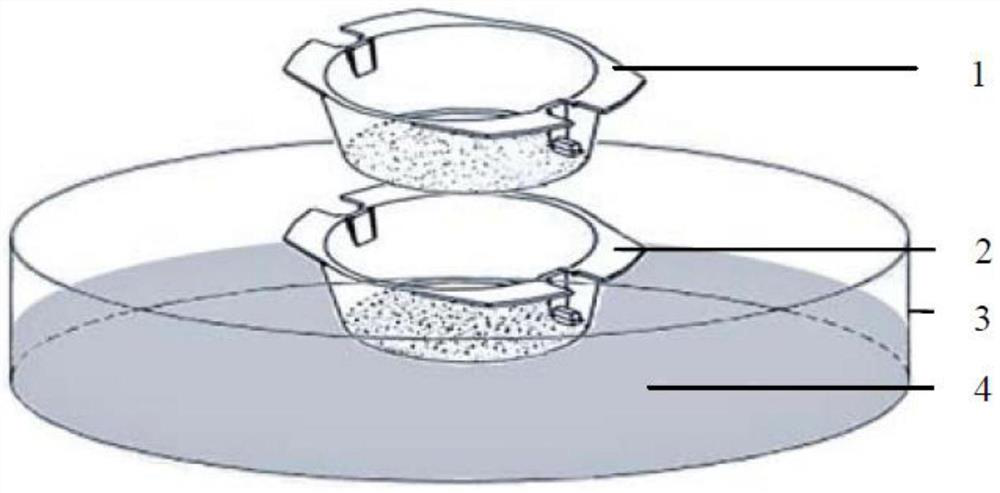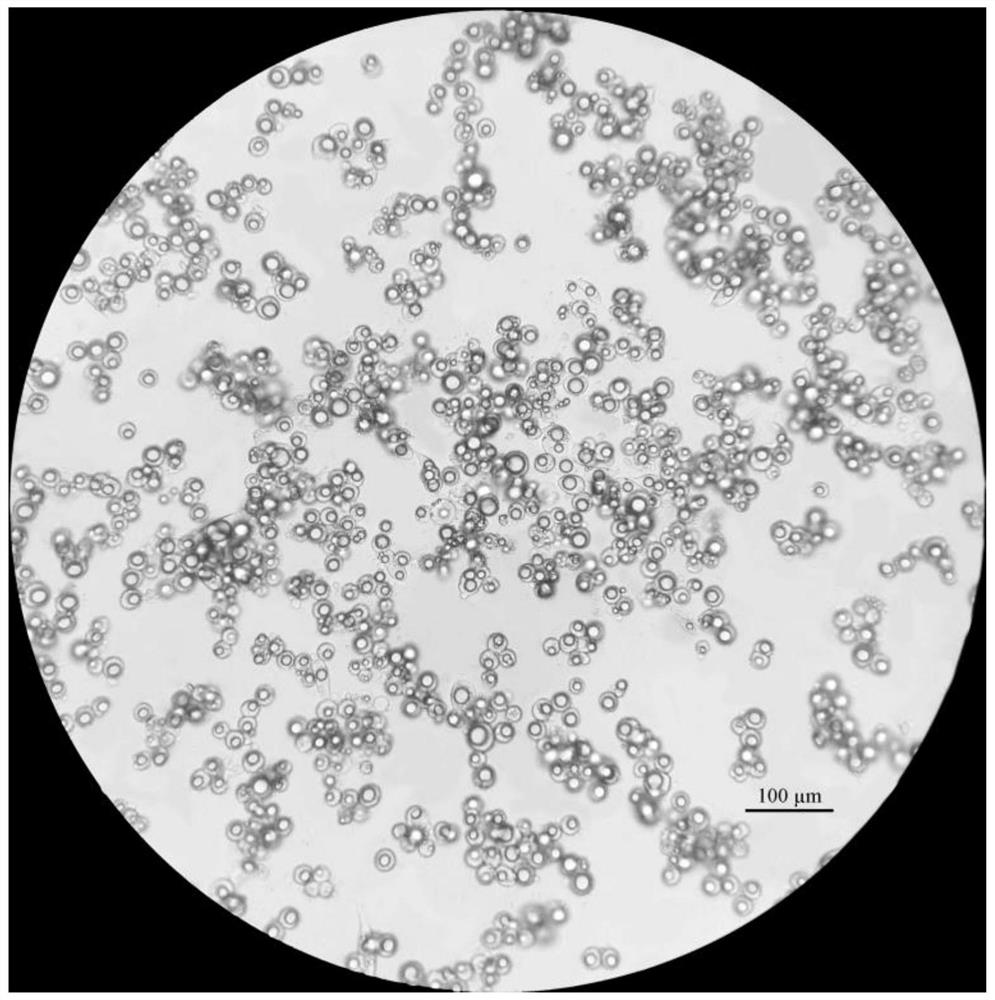Fish high-fat storage hepatocyte separation and culture method
A culture method and hepatocyte technology are applied in the field of fish high-fat storage hepatocyte isolation and culture, which can solve the problems of long modeling time, limited application of primary mature cell culture, difficulty in primary cell isolation and culture, etc. Effects of isolation and culture difficulties
- Summary
- Abstract
- Description
- Claims
- Application Information
AI Technical Summary
Problems solved by technology
Method used
Image
Examples
Embodiment 1
[0024] (1) Select 50-day-old goby juveniles, and obtain their liver tissue under sterile conditions. The liver tissue block is slowly rinsed three times with sterile PBS, placed in the middle of a cell sieve with a pore size of 50 μm, and the tissue block is separated with a sterile instrument. Disperse into 1±0.1mm 2 Small piece;
[0025] (2) Place a cell sieve with a pore size of 50 μm on top of a cell sieve with a pore size of 20 μm, and the cell sieve with a pore size of 20 μm is located in M199 medium (Gibco.Lot: 2044485) containing 10% FBS by volume;
[0026] (3) Rinse the upper and lower layers of cell sieves with serum-free M199 medium first, slowly and continuously drip trypsin solution with a mass fraction of 0.25% on the tissue block, flow and continue to digest until the tissue block disappears;
[0027] (4) Collect the cells on the 20 μm cell sieve, the cell size is 20 μm to 50 μm, wash slowly and gently for 3 times with 10% FBS by volume fraction, and count;
...
PUM
 Login to View More
Login to View More Abstract
Description
Claims
Application Information
 Login to View More
Login to View More - R&D
- Intellectual Property
- Life Sciences
- Materials
- Tech Scout
- Unparalleled Data Quality
- Higher Quality Content
- 60% Fewer Hallucinations
Browse by: Latest US Patents, China's latest patents, Technical Efficacy Thesaurus, Application Domain, Technology Topic, Popular Technical Reports.
© 2025 PatSnap. All rights reserved.Legal|Privacy policy|Modern Slavery Act Transparency Statement|Sitemap|About US| Contact US: help@patsnap.com



